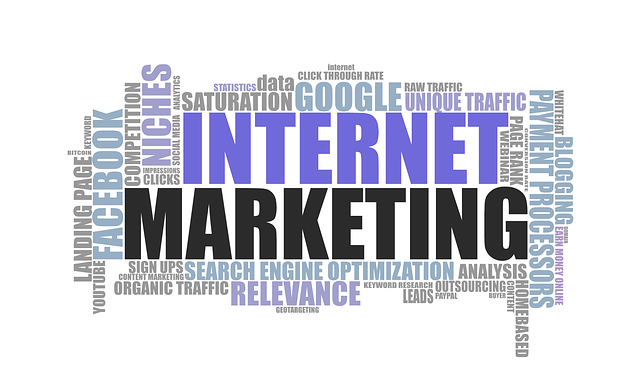Embracing AI systems for scheduling in car repair can dramatically enhance efficiency and customer satisfaction. Using machine learning, these tools predict demand, optimize resource allocation, minimize wait times, and maximize productivity through precise appointment scheduling. AI also facilitates effective client communication, boosting trust and loyalty. However, challenges like data privacy and a learning curve require careful planning, training, and workflow adjustments for successful integration.
In today’s digital era, vehicle repair teams are exploring ways to enhance efficiency with AI systems. This article delves into the transformative potential of AI for streamlining car repair operations, particularly focusing on its application in scheduling. We’ll guide you through a step-by-step implementation process and highlight the benefits and challenges of integrating AI into auto service workflows. By understanding the power of AI systems for scheduling in car repair businesses, teams can revolutionize their processes and deliver improved customer experiences.
- Understanding the Potential of AI Systems for Scheduling in Car Repair
- Implementing AI: Step-by-Step Guide for Vehicle Repair Teams
- Benefits and Challenges of Integrating AI into Auto Service Workflows
Understanding the Potential of AI Systems for Scheduling in Car Repair

In today’s digital era, embracing AI systems for scheduling in car repair businesses can be a game-changer. These intelligent technologies have the potential to streamline and optimize daily operations, enhancing efficiency and customer satisfaction. By leveraging machine learning algorithms, AI can analyze historical data, identify patterns, and predict future demand, thereby enabling car repair teams to schedule appointments with precision and flexibility.
This innovative approach allows for better resource allocation, minimizing wait times, and maximizing productivity. Imagine a system that can automatically reschedule appointments based on real-time updates, ensuring no time is wasted and every customer receives timely service. AI systems for scheduling in car repair also facilitate effective communication by providing transparent information to clients, fostering trust and loyalty.
Implementing AI: Step-by-Step Guide for Vehicle Repair Teams

Implementing AI: A Step-by-Step Guide for Vehicle Repair Teams
1. Assess Current Processes: Begin by understanding your team’s existing workflows, including scheduling, parts management, and diagnostic procedures. Identify inefficiencies or pain points where AI can make a significant impact. This step is crucial to define clear goals for your AI integration.
2. Choose the Right AI Tools: Select AI systems tailored for car repair businesses, focusing on features like predictive maintenance, automated scheduling, and parts inventory management. These tools should integrate seamlessly with your existing software infrastructure to ensure smooth operations.
3. Data Preparation: Prepare high-quality datasets relevant to your repair processes. This includes historical service records, vehicle specifications, and repair logs. Clean and organize the data to feed into machine learning models effectively.
4. Train and Implement AI Models: Train AI models using the prepared data. For scheduling, this might involve teaching algorithms to predict parts availability and optimize work allocation. Once trained, deploy these models within your existing systems, ensuring they function as intended without disrupting daily operations.
5. Monitor and Optimize: Continuously monitor the performance of AI systems in real-world scenarios. Collect feedback from the team and adjust models accordingly. Regular updates ensure the AI remains efficient and aligned with evolving repair practices.
Benefits and Challenges of Integrating AI into Auto Service Workflows

Integrating AI into auto service workflows offers significant benefits for vehicle repair teams.
AI systems can streamline tasks such as scheduling appointments, diagnosing issues with greater accuracy, and accessing vast knowledge bases to provide tailored solutions. This leads to increased efficiency, reduced wait times for customers, and improved overall productivity. With AI, teams can focus more on complex repairs and less on administrative burdens.
However, challenges exist when introducing AI into car repair businesses. Data privacy and security are paramount concerns, as sensitive vehicle and customer information must be protected. Additionally, there’s a learning curve associated with implementing and adopting new technology. Repair teams need adequate training to use AI systems effectively and interpret their outputs accurately. Ensuring seamless integration of AI tools within existing workflows requires careful planning and potential adjustments to established processes.
AI systems have the potential to revolutionize vehicle repair operations by streamlining scheduling processes, increasing efficiency, and reducing costs. By implementing these technologies, repair teams can gain valuable insights, optimize resource allocation, and enhance overall service quality. However, successful integration requires careful planning, addressing data privacy concerns, and providing adequate training for staff. With the right approach, AI systems for scheduling in car repair businesses can lead to a more productive and competitive market position.
